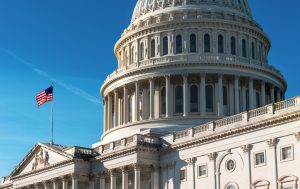The week of July 14-18 saw significant movements in global currency markets, primarily influenced by US trade policies and key economic data. The US Dollar demonstrated notable strength, leading to downward pressure on other major currencies.
The US Dollar (DXY):
The US Dollar Index (DXY) experienced a strong rebound this week. This was largely due to US inflation figures and retail sales data coming in stronger than anticipated. These robust economic signals suggested that the US central bank (the Federal Reserve) might not reduce interest rates as quickly as previously expected. When interest rates are projected to remain higher, it generally makes the dollar more attractive to investors, contributing to its strength.
Euro (EURUSD): Facing Trade Headwinds:
The Euro struggled against the strengthening dollar. Renewed concerns about potential US tariffs on European exports weighed heavily on the single currency. Despite Eurozone inflation reaching its target, the ongoing threat of trade disputes made investors cautious, causing the Euro to decline. This highlights the Euro’s sensitivity to global trade developments.
British Pound (GBPUSD): Navigating Economic Weakness:
The British Pound also faced challenges this week. Weak economic data from the UK, coupled with an unexpected rise in inflation, created a complex situation. Markets anticipate that the Bank of England will likely cut interest rates soon to support the economy. This difference in expected interest rate paths between the US and the UK contributed to the Pound’s weakness.
Japanese Yen (USDJPY): Yield Differentials Persist:
The Japanese Yen continued its weakening trend against the dollar. Japan’s inflation data was mixed, and its central bank (the Bank of Japan) maintained a cautious stance on raising interest rates. This sustained difference in interest rates between the US and Japan makes dollar-denominated investments more appealing, favoring the dollar. Additionally, ongoing US tariff threats on Japanese goods added to the Yen’s depreciation.
President Trump’s Influence:
President Trump’s statements and trade policy rhetoric remained a significant factor. His continued discussions about new tariffs, particularly targeting countries like Japan and those in Europe, fueled inflation concerns and trade tensions. Reports, though later denied, that he considered removing the US central bank head briefly caused market uncertainty, underscoring how political developments can trigger rapid currency movements.
Outlook:
The market continues to closely monitor developments in trade negotiations and central bank policy. The interplay of these major global events will remain crucial in shaping currency movements in the coming weeks.



